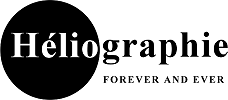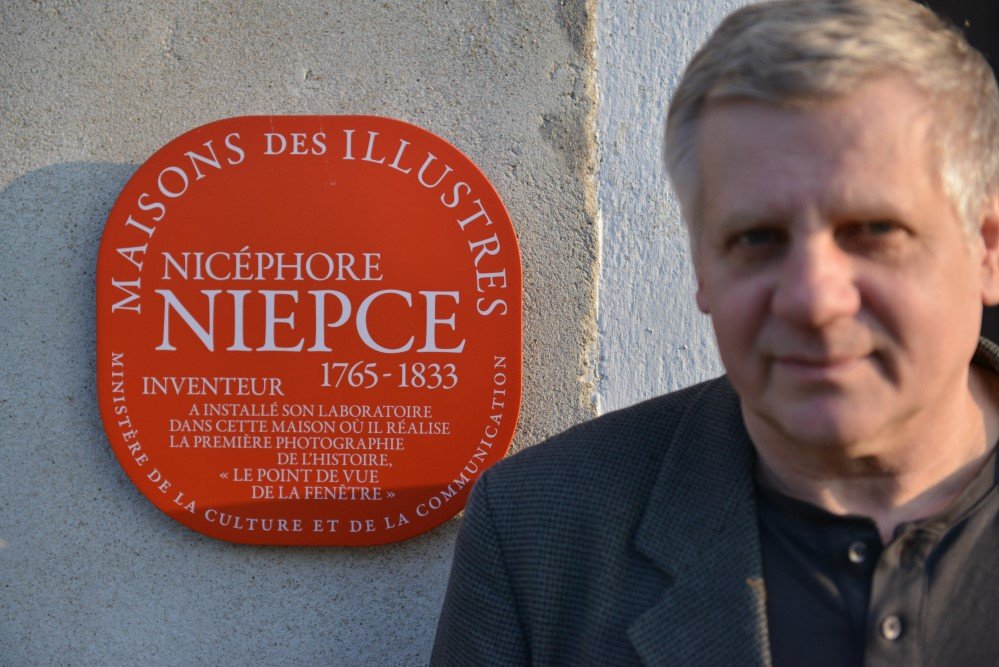Chalon-sur-Saône, Niépce’s birthplace
Przemek Zajfert – born in 1959 in Poland – has been living and working as a freelance light and photographic artist in Stuttgart since 1985.
A defining feature of his art is the inclusion of viewers in his projects: Camera Obscura 2005/1-Infinity, The 7th Day.
Zajfert employs both the pinhole camera technique and heliography, a process developed by Nicéphore Niépce between 1822 and 1827. In 2012, he launched the participatory project The 7th Day. Given Niépce’s lasting influence on his work, this project is based on another photographic experiment conducted by Niépce in 1816. To date, more than 13,000 people have participated, creating photographs with exposure times ranging from at least seven days to several years. Places, objects, and moments leave their transformed imprint on the photographic paper, acquiring a new aesthetic dimension through overlapping layers of time.
Zajfert’s kinetic installations, inspired by Eadweard Muybridge’s motion studies, aim to capture the poetry of the moment.
He is the author of several photobooks and artist books, including Camera Obscura Tübingen, Camera Obscura Heidelberg, and Monolith.
More about Zajfert’s work can be found at: zajfert.de

